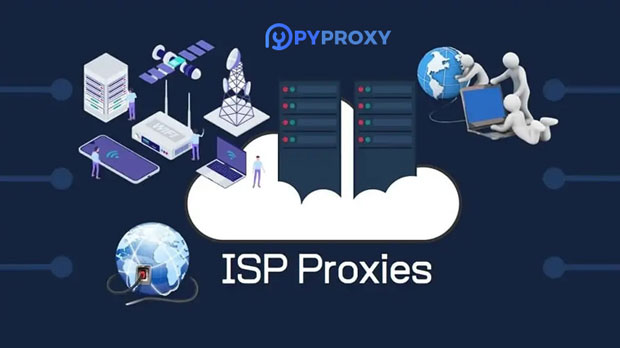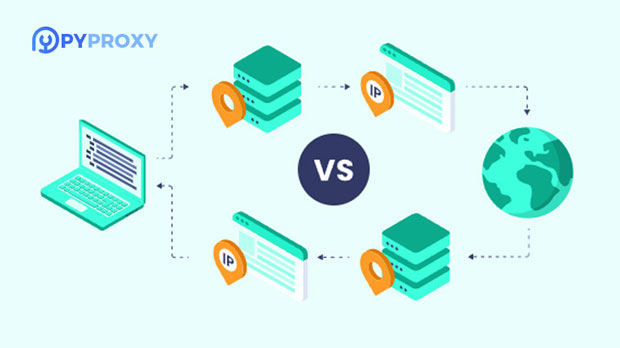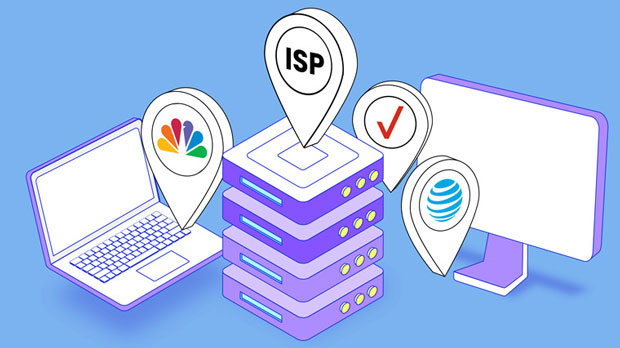How to utilize PYPROXY to achieve cross-border e-commerce Socks5 proxy acceleration?
In the realm of cross-border e-commerce, maximizing speed and minimizing latency is crucial for seamless business operations. One effective solution is to use PYPROXY for socks5 proxy acceleration. PYPROXY is a versatile and powerful proxy framework that can significantly enhance the performance of e-commerce platforms by optimizing the routing of traffic across international borders. By leveraging socks5 proxies, businesses can achieve higher speed, reliability, and security for their transactions. This article will delve into how PYPROXY can be used for SOCKS5 proxy acceleration, highlighting the steps involved, its benefits, and the real-world impact on cross-border e-commerce. Understanding PYPROXY and SOCKS5 ProxiesBefore diving into how PYPROXY can enhance cross-border e-commerce, it's essential to understand the underlying concepts of SOCKS5 proxies and what PYPROXY offers. SOCKS5 Proxy Overview SOCKS5 is a highly secure and versatile proxy protocol that facilitates internet traffic routing. Unlike HTTP or HTTPS proxies, SOCKS5 handles all types of traffic, whether it's TCP or UDP. This flexibility makes SOCKS5 ideal for e-commerce businesses that deal with varied types of transactions, such as product listings, payments, and user interactions. SOCKS5 also offers a higher level of anonymity and better performance in some cases, as it does not alter the data being transferred, making it a preferred option for businesses dealing with sensitive customer information.What is PYPROXY? PYPROXY is an open-source proxy framework designed to provide reliable and fast proxy services. It supports multiple types of proxies, including SOCKS5, and is highly configurable. PYPROXY can automate the proxy management process, including traffic routing, session handling, and error handling. This makes it an ideal tool for businesses looking to optimize their network performance, especially in the fast-paced world of cross-border e-commerce.The Role of PYPROXY in Cross-Border E-commerceCross-border e-commerce faces several challenges related to latency, data security, and network stability. By utilizing PYPROXY for SOCKS5 proxy acceleration, businesses can tackle these challenges effectively.1. Reducing Latency and Improving Speed One of the main issues with cross-border transactions is the latency involved in international data exchanges. When customers make purchases or interact with e-commerce websites located in different regions, long-distance data transmission can significantly slow down the user experience. PYPROXY helps to mitigate this problem by routing traffic through SOCKS5 proxies strategically located in closer proximity to the target servers. This reduces the number of hops between the client and the server, leading to faster load times, quicker transactions, and improved customer satisfaction.2. Bypassing Geographical Restrictions Many e-commerce platforms and digital services impose geographical restrictions on their services, limiting access from specific countries or regions. By utilizing PYPROXY with SOCKS5 proxies, businesses can mask their actual location, allowing them to access restricted content or services. This is particularly useful for businesses looking to expand their operations into markets where access is limited or blocked due to regional policies. It also enables businesses to access global market trends and competitor data, enhancing their strategic decisions.3. Enhancing Security and Anonymity E-commerce businesses often handle sensitive customer data, such as payment information, shipping addresses, and personal details. Using PYPROXY with SOCKS5 proxies ensures that this data is transmitted securely, minimizing the risk of cyberattacks and data breaches. SOCKS5 proxies add an extra layer of anonymity by concealing the client's IP address, making it more difficult for malicious entities to trace the origin of the transactions. Additionally, SOCKS5 proxies allow encrypted traffic to pass through, further enhancing data protection.Setting Up PYPROXY for SOCKS5 Proxy AccelerationSetting up PYPROXY to accelerate SOCKS5 proxy performance involves several key steps, which are straightforward but require attention to detail to ensure optimal configuration. Here’s a step-by-step guide to setting up PYPROXY for cross-border e-commerce acceleration:1. Install PYPROXY Start by installing the PYPROXY framework on your server or local machine. This can usually be done via a Python package manager like pip. Make sure that the environment is properly configured, and that all dependencies are met. 2. Configure SOCKS5 Proxy Settings Once PYPROXY is installed, configure the SOCKS5 proxy settings. This includes specifying the SOCKS5 server's IP address, port, and any necessary authentication credentials. You may choose to configure multiple SOCKS5 proxies if you wish to distribute the traffic load across different regions.3. Optimize Proxy Routing Rules To ensure that traffic is routed in the most efficient manner, define routing rules within PYPROXY. These rules will determine which proxy should be used based on factors like destination region, latency, and bandwidth availability. You can set up rules to prioritize certain regions or routes, ensuring faster delivery times for critical transactions.4. Enable Load Balancing and Failover Mechanisms To further optimize the network performance, enable load balancing and failover mechanisms in PYPROXY. This ensures that if one proxy server becomes slow or unresponsive, the traffic is automatically rerouted to a working proxy, minimizing downtime and maintaining seamless service.5. Monitor and Adjust Performance Once the setup is complete, it’s essential to regularly monitor the performance of your proxies. PYPROXY provides detailed logs and performance metrics that can help you identify bottlenecks and areas for improvement. By continuously adjusting the proxy configuration based on real-time data, you can ensure optimal performance and prevent any potential issues from affecting your e-commerce operations.Benefits of Using PYPROXY for SOCKS5 Proxy Acceleration in E-commerceUtilizing PYPROXY for SOCKS5 proxy acceleration in cross-border e-commerce brings several tangible benefits. Here are the most notable advantages:1. Faster Website Performance By strategically utilizing SOCKS5 proxies, PYPROXY enables faster data exchanges, which directly translates into quicker loading times for websites and applications. Faster performance enhances the user experience, increases customer retention, and improves conversion rates, all of which are vital for e-commerce success.2. Better Scalability As e-commerce businesses grow and expand into new markets, scalability becomes increasingly important. PYPROXY can easily scale to accommodate a growing number of transactions, users, and regions. Whether you're expanding your business into new countries or handling more traffic, PYPROXY ensures that your infrastructure can support increased demand without compromising performance.3. Improved Cost Efficiency By optimizing proxy usage and reducing the need for additional infrastructure, businesses can lower their operational costs. PYPROXY helps optimize bandwidth usage and enhances proxy management, which leads to a reduction in the costs associated with network maintenance, data transfers, and server resources.4. Enhanced Business Competitiveness The ability to quickly adapt to new markets, ensure faster transactions, and maintain security gives businesses a competitive edge. In cross-border e-commerce, where speed and reliability are crucial, utilizing tools like PYPROXY can help you stay ahead of the competition.ConclusionIn conclusion, PYPROXY offers a highly effective solution for improving the speed, security, and reliability of cross-border e-commerce operations. By leveraging SOCKS5 proxies, businesses can accelerate their transactions, bypass geographical restrictions, and safeguard sensitive data. The easy setup, scalability, and optimization features make PYPROXY a powerful tool for e-commerce businesses looking to improve their international performance. With PYPROXY in place, businesses can ensure a better customer experience, expand into new regions, and stay competitive in the global marketplace.
2025-01-14

























































